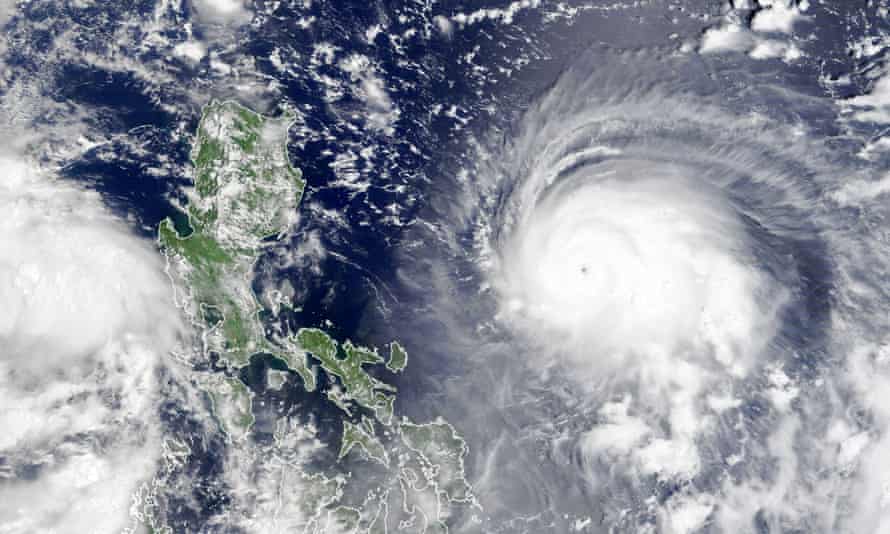Weatherwatch: the Madden-Julian Oscillation explained
The tropical-weather phenomenon influences cyclone activity and monsoon seasons

The Madden-Julian Oscillation (MJO) is the largest element of intraseasonal variability in tropical weather. It is characterised as an eastward movement of enhanced and suppressed tropical convection over a 30- to 60-day period, on average.
In the enhanced phase, winds at the surface converge and air rises through the atmosphere. This rising motion allows air to cool and condense, bringing more rainfall. In the suppressed phase, winds converge higher up in the atmosphere, forcing air to sink and then diverge at the surface. The sinking air warms and dries, consequently suppressing rainfall.
Based on the geographical movement of this enhanced and suppressed convection, the MJO can be divided into eight phases. Phase one has enhanced convection over the western Indian Ocean, while phases two and three have it moving eastwards over Africa, the Indian Ocean and parts of the Indian subcontinent. Phases four and five have enhanced convection over Indonesia and the west Pacific, while the final three stages move enhanced rainfall over the western Pacific.
After a region of enhanced convection comes a region of suppressed convection. The MJO can have many potential influences on global weather, including tropical cyclone activity, monsoon seasons, and many more that are still a big topic of debate.